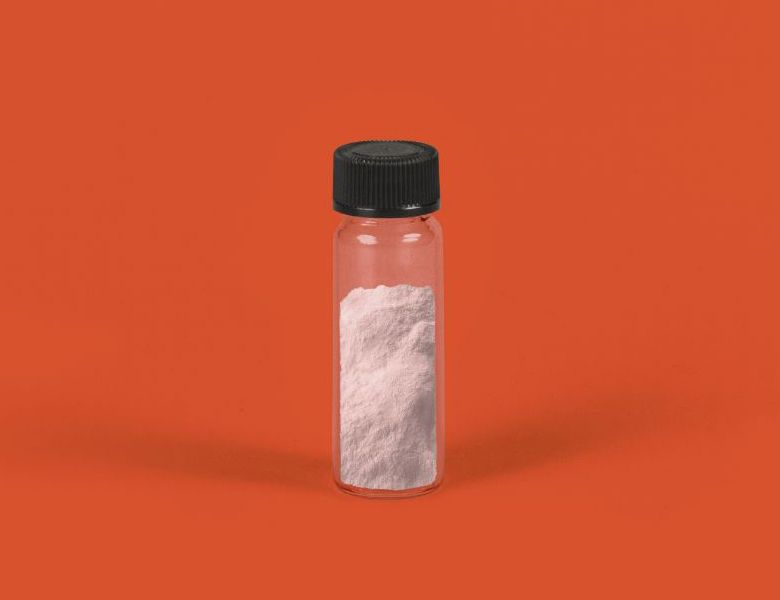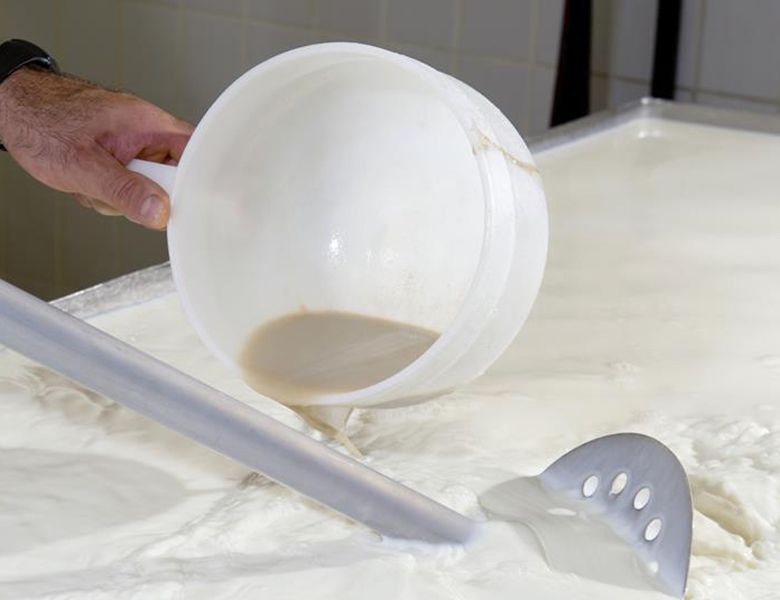Introduction of LL and LC

- | آتاماد |
- Viewer: 752
Introduction of LL and LC , Starter cultures perform a number of specific functions in fermented dairy products, including lactose metabolism to produce lactic acid, production of flavoring compounds, and Destruction of milk proteins, especially during cheese ripening.
Lactic acid bacteria belonging to the genera Lactobacillus, Streptococcus, and especially Lactococcus are the most widely used. Lactococcus lactis, a member of the mesophilic bacteria group, is one of the most important microorganisms in the dairy industry for fermenting cheese.
Source:
Lactococcus lactis has been isolated from a variety of plant and animal environments. Fermentation is the main role of Lactococcus lactis, producing lactic acid by the rapid utilization of available carbohydrates. Wild-type plant- and animal-associated strains are capable of a wide range of mono-, di- and tri-saccharides fermentation. Members of this species have also acquired the ability to ferment lactose and rapidly transition to become specialists adapted to the milk environment.
- Strains with the lactis phenotype show high genetic diversity and have been isolated from a variety of sources, most commonly fresh or fermenting plant material or milk and dairy environments.
- The cremoris phenotype is merely found in dairy environments and several attempts to isolate similar cultures have failed. The cremoris phenotype strains are close to each other. and are likely to have a common origin. There is considerable evidence from comparative and experimental studies showing that dairy isolated species evolved from plant species.
Morphological characteristics:
As for the morphological characteristics, lactococci have spherical or ovoid-shaped cells, in singly or chains, catalase-negative, gram-positive, nonmotile, facultatively anaerobic, and non-spore-forming. The optimum growth temperature of Lactococcus lactis (mesophilic bacterium) is around 30°C.
Classification:
The taxonomy of L. lactis is currently phenotypically based on two main subspecies (lactis and cremoris) and one biovar (lactis biovar diacetylactis). On the basis of their gene sequence, these two subspecies are estimated to have diverged some 17 million years ago. The lactis and cremoris phenotypes are differentiated on the basis of arginine utilization, maltose utilization, growth temperature, and salt tolerance, whereas the diacetylactis strains have the additional ability to metabolize citrate. Diacetylactis is a subspecies known as citrate+ and is able to catabolize citrate (found in milk at approximately 0.2%) to carbon dioxide and the flavor compounds, diacetyl. Both of these are technologically important products. Lactis phenotype strains can produce ammonia from arginine, ferment maltose, tolerate higher temperatures (40°C), and higher levels of NaCl (3%).
The role of bacteria:
The addition of Lactococcus to the milk used for making cheese has different objectives. In general, lactococci reduce the acidity of the environment to a final pH of 4.4-4.8. After the acidification period, lactococci are usually less active. In addition to converting lactose to lactic acid, this bacterium is responsible for properties such as taste and texture, which are determined by volatile metabolites, proteolytic activity, and the production of exopolysaccharides.
Many properties that allow rapid growth in milk, such as the use of lactose, proteolysis, and peptide transfer, as well as many important industrial traits such as bacteriophage resistance, bacteriocin production, and exopolysaccharide production, often in bacterial plasmids. The development of taste in dairy fermentations results from a series of chemical processes in which starter cultures provide the relevant enzymes.
Lactococcus cells contain many proteolytic enzymes that can hydrolyze caseins and peptides. The proteolytic system found in dairy starter strains of L. lactis consists of an extracellular, peptidoglycan-bound proteinase that cleaves milk proteins into oligo-, tri-, and dipeptides, leading to the peptides entering the cell via peptide transport systems and are further degraded into amino acids by the specific peptidases.
These bacteria contain enzymes that are involved in the breakdown of amino acids. Transaminases convert amino acids to a-cetoacids, which can then be converted to aldehydes, alcohols, hydroxyacids, and all aromatic compounds or aromatic precursors. The conversion of methionine, aromatic and branched-chain amino acids, which are the main precursors of volatile aromatic compounds, is particularly important.
Traditionally, strains of Lc. Lactis ssp. Cremoris have been regarded as producing the best flavors in cheese, whereas some strains of Lc. Lactis ssp. lactis is noted for promoting unusual flavors (bitter, malty, fruity. In some cases, lactis strains have been reported to be responsible for the fruity taste of cheddar cheese, resulting in the production of esters. However, better techniques have been identified for selecting large numbers of lactis subspecies to provide good flavors due to faster lactic acid production and better yields in concentrated culture preparation, regularly in commercial starters, usually combined with Cremoris strains. Lactococcus cremoris also has the enzymatic ability and is used to counteract the production of bitter compounds by the lactis subspecies.
Although both subspecies are used as starters (starter culture) by the dairy industry, defined strains with the ssp. cremoris are preferred for Cheddar cheese production because of their desirable properties, especially in relation to acid production, flavor development, and bacteriophage resistance.
Popular Articles and News
GET IN TOUCH
Copyright © 2023 Atamad.com All right reserved
Website design and SEO services by Seohama team – Web hosting by Sarverhama
Copyright © 2023 Atamad.com All right reserved
Website design and SEO services by Seohama team – Web hosting by Sarverhama








